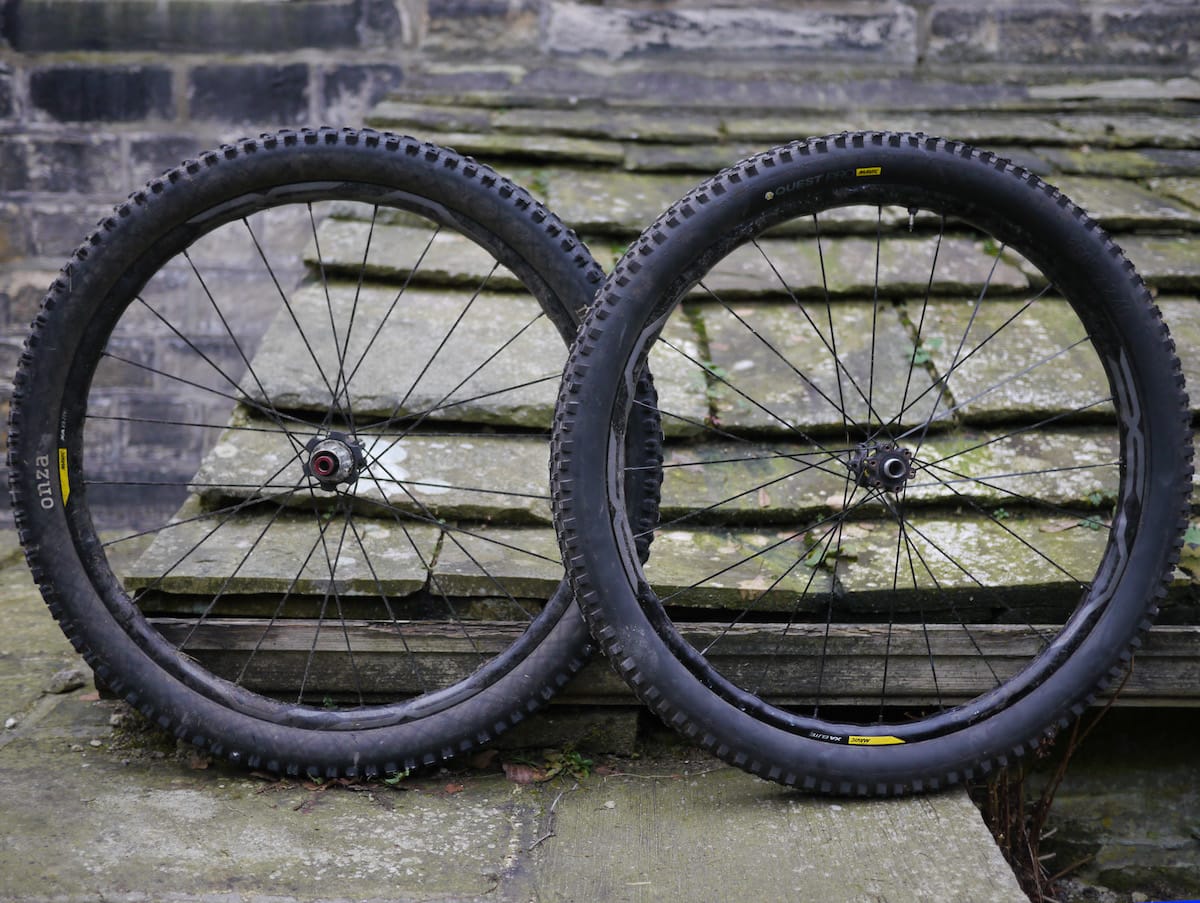Our very own Destroyer Of Wheels and Slasher Of Tyres, David Hayward, was the perfect candidate to test Mavic’s latest XA Elite trail hoops. Here’s how David got on with the 27.5in alloy wheelset after seven months of abuse.
When it comes to wheels, whether buying or building I’ve always tended to go for simple, tough, established technologies and standards. J-Bend spokes, brass nipples, commonly available bearings. Never anything exotic, light, or difficult to replace. As a result, I’ve overlooked certain manufacturers in the past, including Mavic who, until the launch of these latest XA wheelsets, relied somewhat on proprietary designs.
Thanks to this wheelset, plus the carbon wheels grouptest in Issue 116, I spent about a third of my 2017 riding time on Mavic wheels, getting to compare these XA Elite alloy ones to many others, including their fancier more expensive sibling, the XA Carbon.
Long story short, I’ve been delighted. But let’s take a look at the build first.
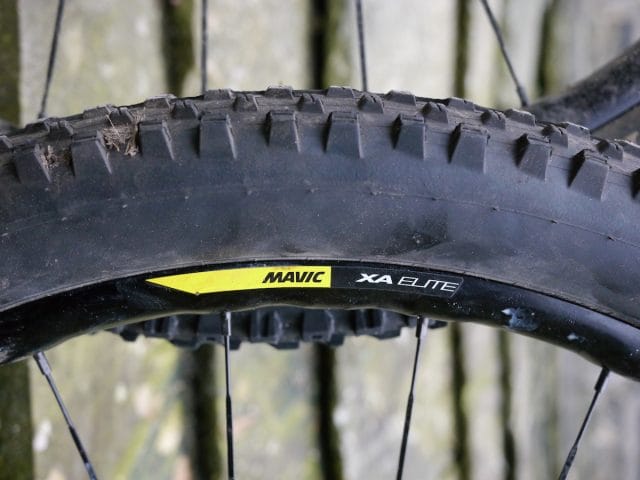
Setting Up
These wheels have bladed, double butted straight pull spokes, and stepping away from previous Mavic offerings, they run into standard spoke nipples. That means that unlike Mavic’s hollow Crossmax drinking straws of yore, if you do bust a spoke far from home, you stand a chance at finding a suitable replacement rather than needing that one specific proprietary spoke.
Straight pull spokes do still have a couple of drawbacks though. One is that unlike J-bends, they can spin in the hub flange while you’re truing or building with them, but here Mavic has made the right choice and gone for bladed spokes, meaning you can stop them rotating during maintenance fairly easily. Another straight pull drawback is that spoke lengths can be difficult to calculate, but buying complete wheels of course makes that a non-issue.
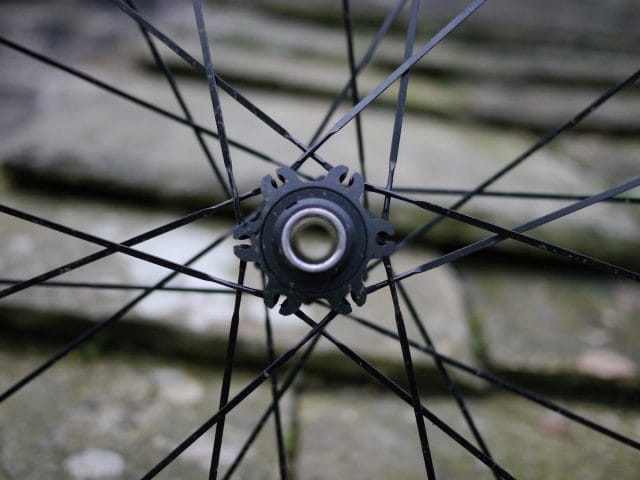
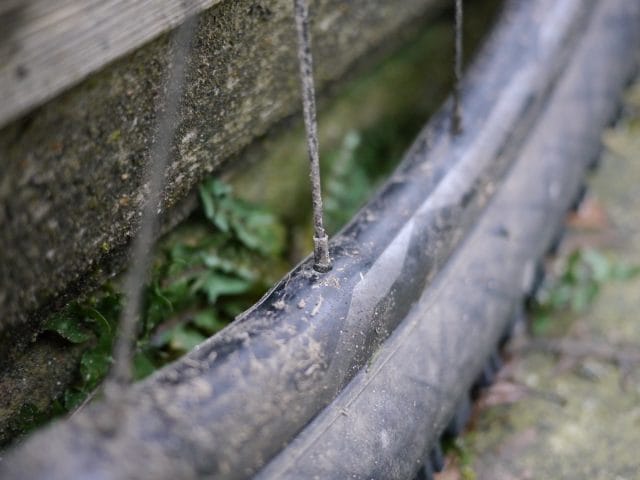
Unlike with J-bend spokes, it also means hub drilling defines the lacing pattern. In this case, Mavic has gone for a 2-cross pattern with 24 spokes per wheel, which is lighter than most wheels, but for a 75kg rider like me presented no problems. They state the XA Elite wheels are for “cross country and trail riding” with a 120kg total rider, gear and bike weight limit. I’ve razzed them down many worse trails than they’re apparently meant for, and they’ve been fine. These probably aren’t the ticket for downhill/freeride bruisers though.
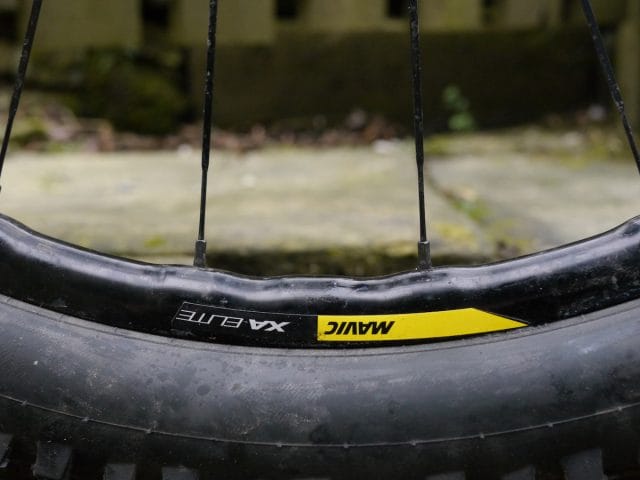
The rims are sculpted nicely to leave more material around the spoke holes, and have it removed in between, where it’s not needed. Overall, as well as shedding some weight this gives them interesting aesthetics. Naturally, because of the standard spoke drilling these need tubeless tape, but they arrive already taped and with valves in the box.
I’ve been testing a 27.5in set of wheels with regular hub spacing (100x15mm front & 142x12mm rear). However, the XA Elite wheels are available in a 29in diameter, and there are Boost hub options. You can get both SRAM XD and Shimano freehub bodies.
Ours also came with 2.4in Mavic Quest Pro tyres. Sealant and valves in, they were set up in no time. Mavic are big on their Wheel Tyre System (WTS), but also state these rims, with a 25mm internal width and hookless beads, are suited to any tyres from 1.8in to 2.5in.
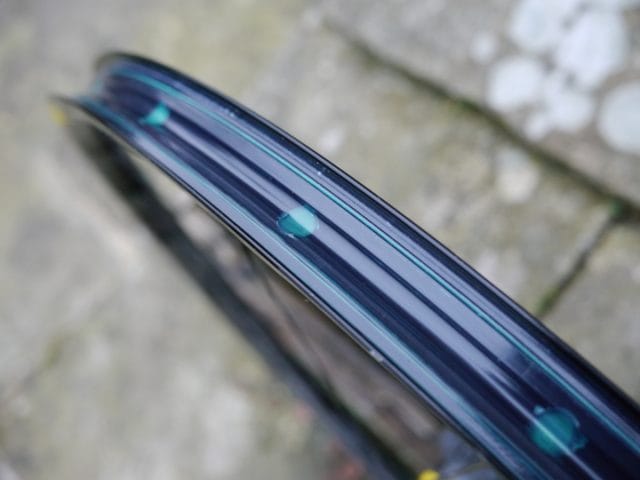
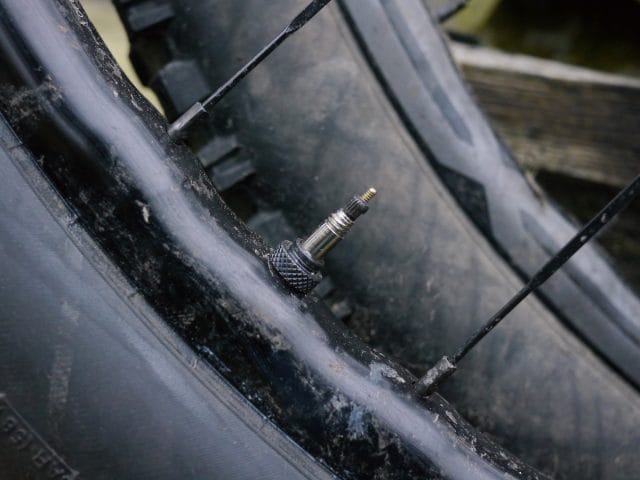
Mavic’s valves are a little on the short and smooth side, which means not all pump chucks play nicely with them, but it wasn’t a major problem. Worth testing your mini-pump on before heading out though!
These also needed a freehub swap to go on the test bike, and while it wasn’t the simplest freehub change I’ve done, it wasn’t particle physics either. Mavic’s ITS-4 freehub system goes together pretty obviously, and one other plus is that the freehub and axle won’t fall out if you shake the rear wheel around or lay it cassette down. It also has offset palls, reducing the engagement angle to a speedy 7.5°.
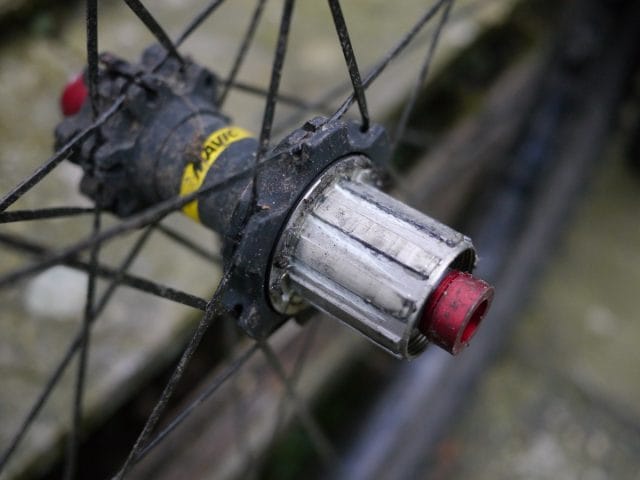
I was sceptical of the light tread and thin sidewalls on the Quest Pro tyres, but thought I’d run them for starters until they died or became impractical. With no major hitches during setup, I whacked the wheels on a 130mm hardtail then made a beeline for some of the rockiest local trails I could find.
On The Trail
Let’s get the tyres out the way first: I wanged one back on for these review photos, but the fact is they have an optimistically light tread for UK conditions, and the casing is also not up to snuff for harsher trail riding or rocky technical stuff. Mavic do point this out on their website, saying “for a more aggressive ride, you should be looking at Crossmax Charge XL and Quest Pro XL tyres.”
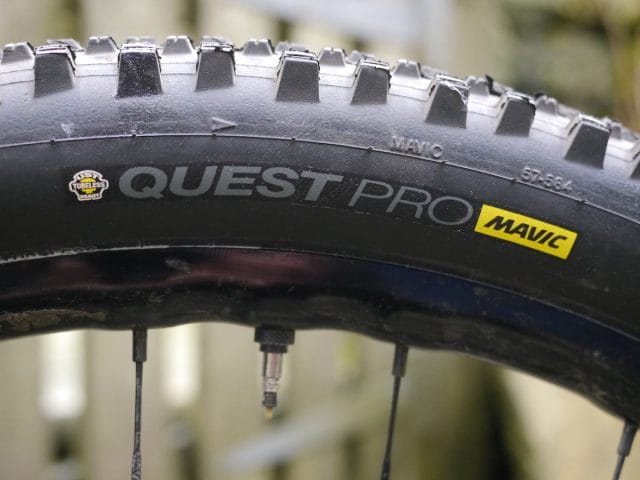
After reading that I was expecting these non-XL versions to explode, and the rear one mostly did, barely surviving the first ride. At the bottom of one short descent it required two tubeless plugs in different parts of the tread, and a lot of spinning and pumping to patch a few other, smaller sidewall holes.
While the tyre had taken a battering off a lot of pointy rocks, the rim wasn’t showing any dings, and seemed to be holding up just fine. I swapped the rubber out for something burlier and carried on riding them.
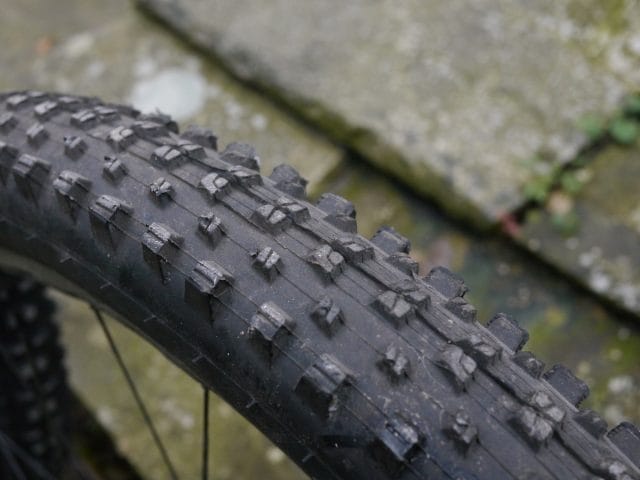
Wheels are one of those things that can be difficult to isolate from other factors without back-to-back comparison, but thankfully I got to do a lot of that in 2017. The low spoke count of these wheels really does make a difference to compliance and traction. After a little while off them this winter, they went back on the hardtail, giving me an instant and noticeable confidence boost when hitting Hebden Bridge downhills on a mushy day. Much like Mavic’s XA Pro Carbon wheels, the XA Elites seem to be engineered for traction, raising my gumption to push things a bit harder than usual in suboptimal conditions.
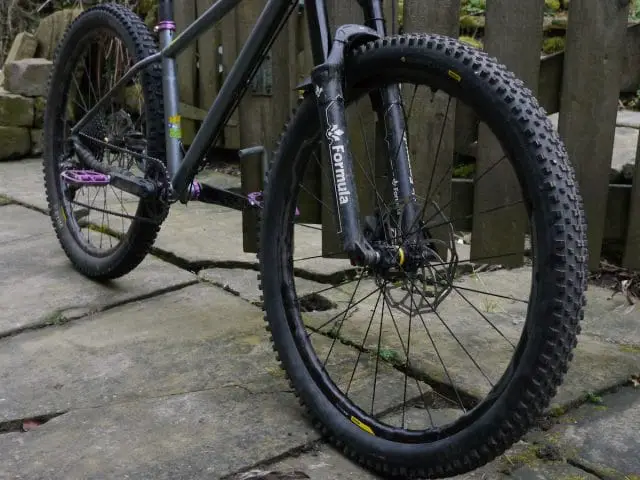
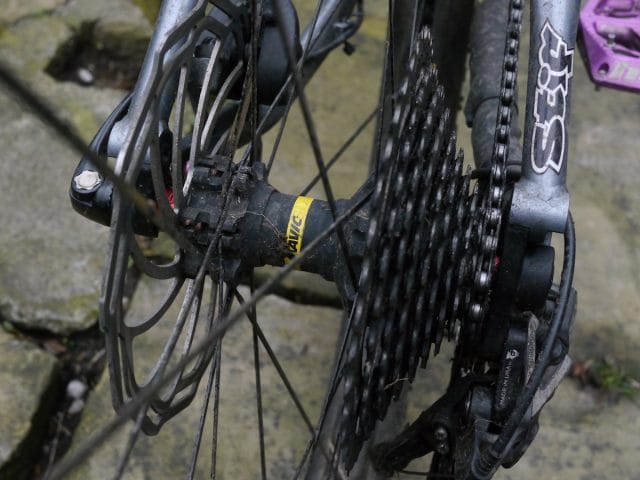
Though not quite a springy as Mavic’s fancier wheels, these are most of the way there at around a third of the price. Alloy is also worth considering if you tend to ding wheels, as while it may fail more easily than a modern carbon rim, it also gives you some scope to bend it back… not that I needed to. After seven months of Pennine rock abuse, these are still running true.
Overall
These are light enough, burly enough, and responsive enough for most riders. Given the wheel tech packed into them, they’re excellent value too. Heavier mountain bikers might find them a little too compliant, but if you’re in the weight range, these do a great job at laying down traction while staying in one piece.
Review Info
| Brand: | Mavic |
| Product: | XA Elite 27.5in |
| From: | Mavic, mavic.com |
| Price: | £489.99 (pair) |
| Tested: | by David Hayward for 7 months |
